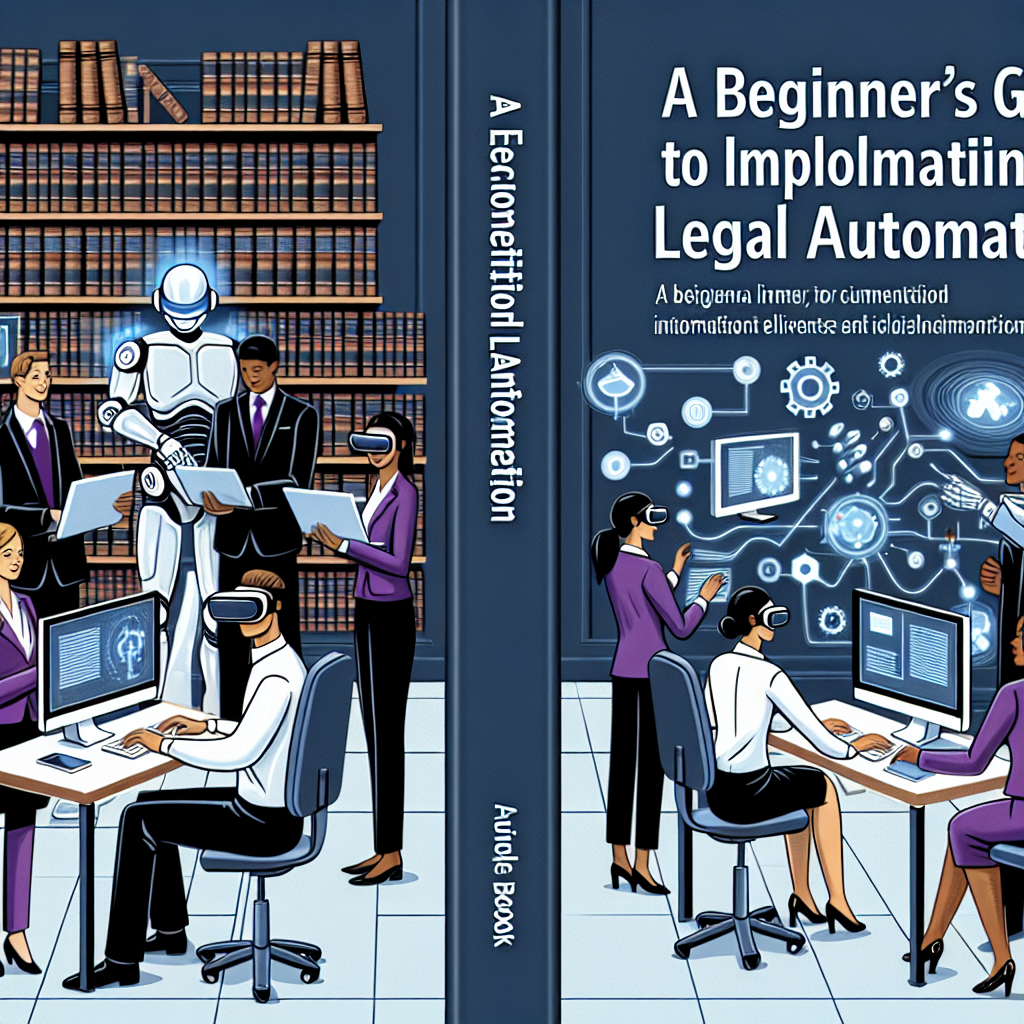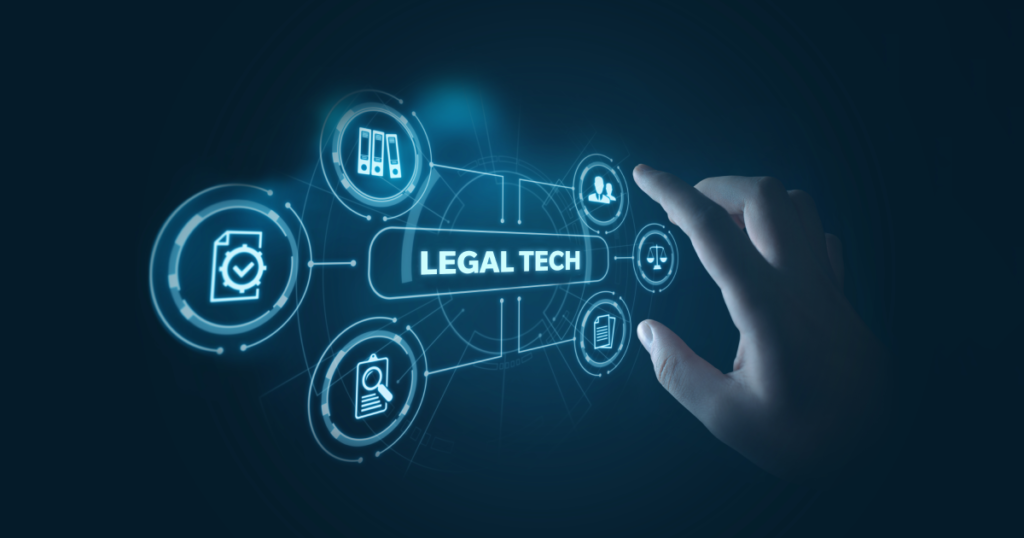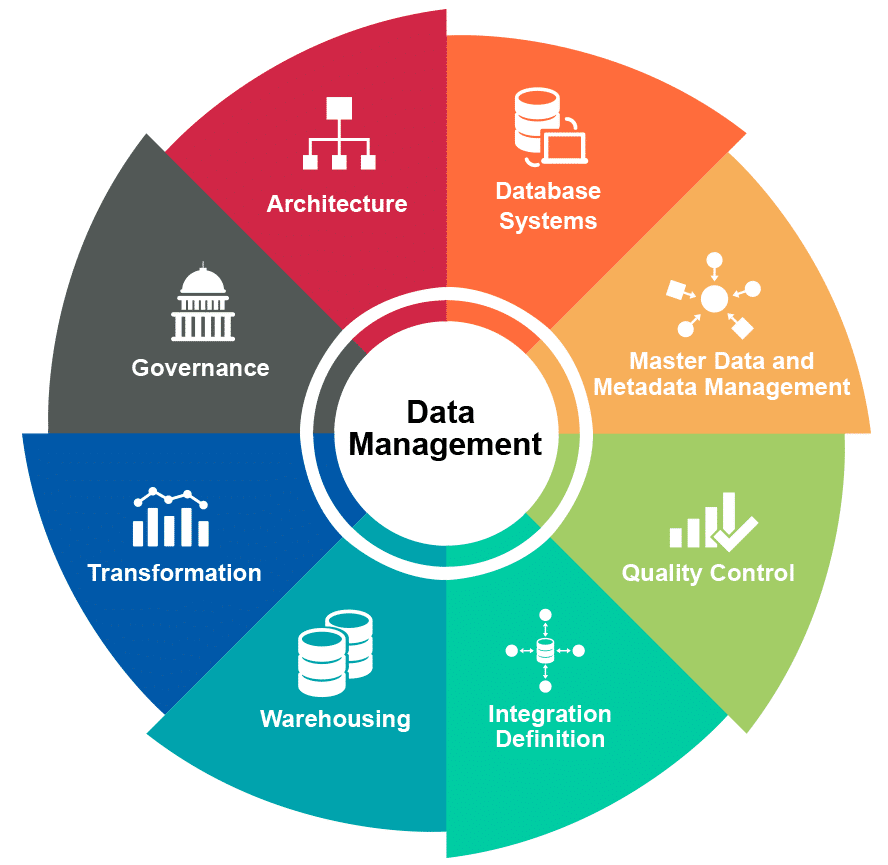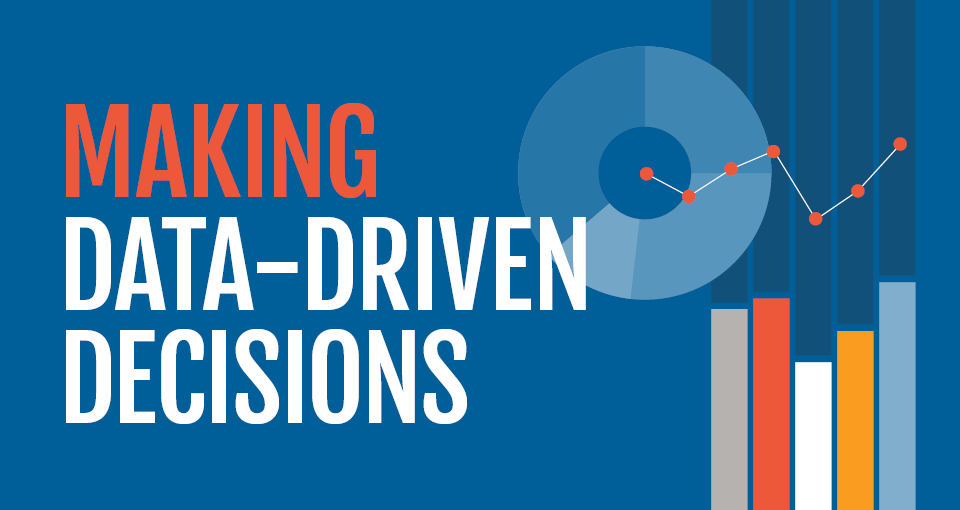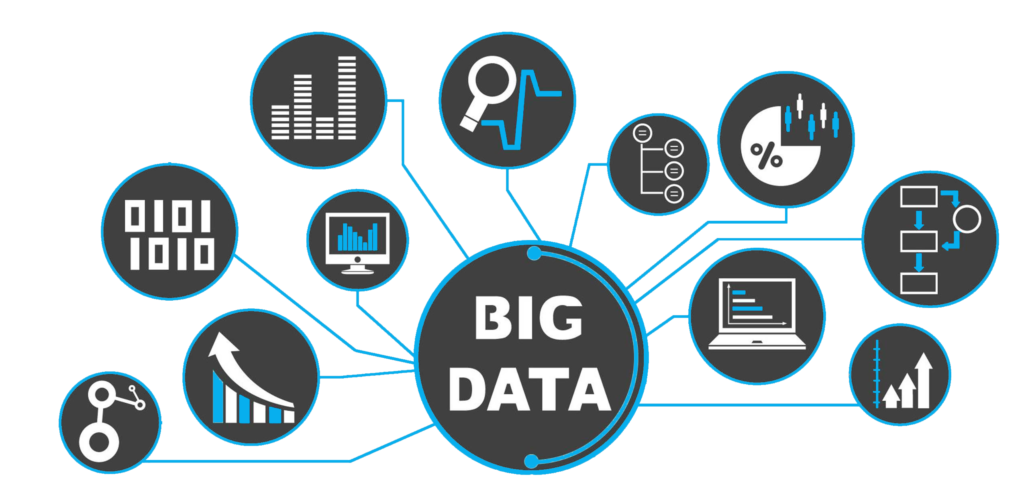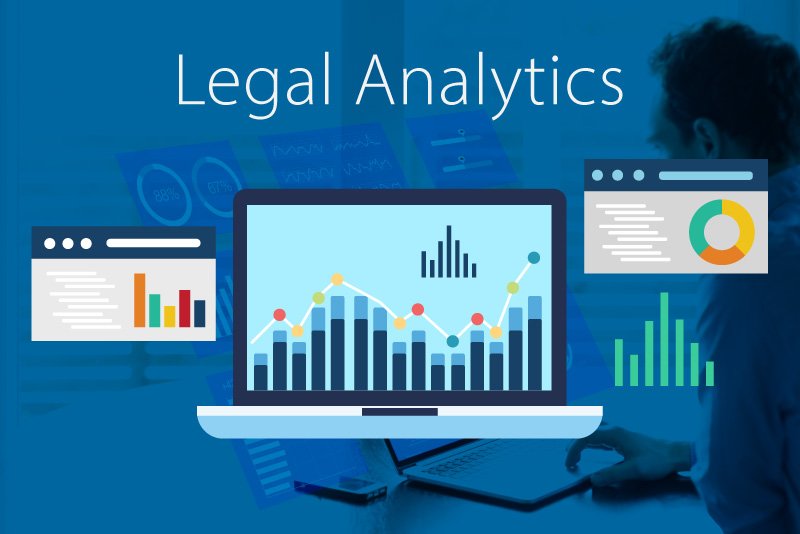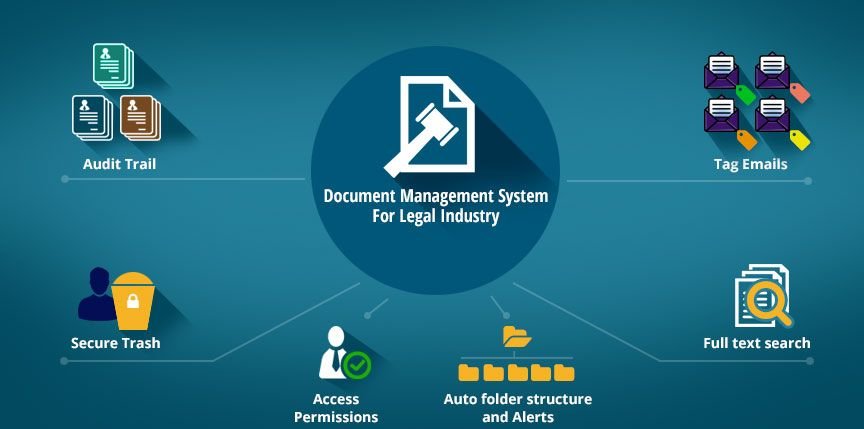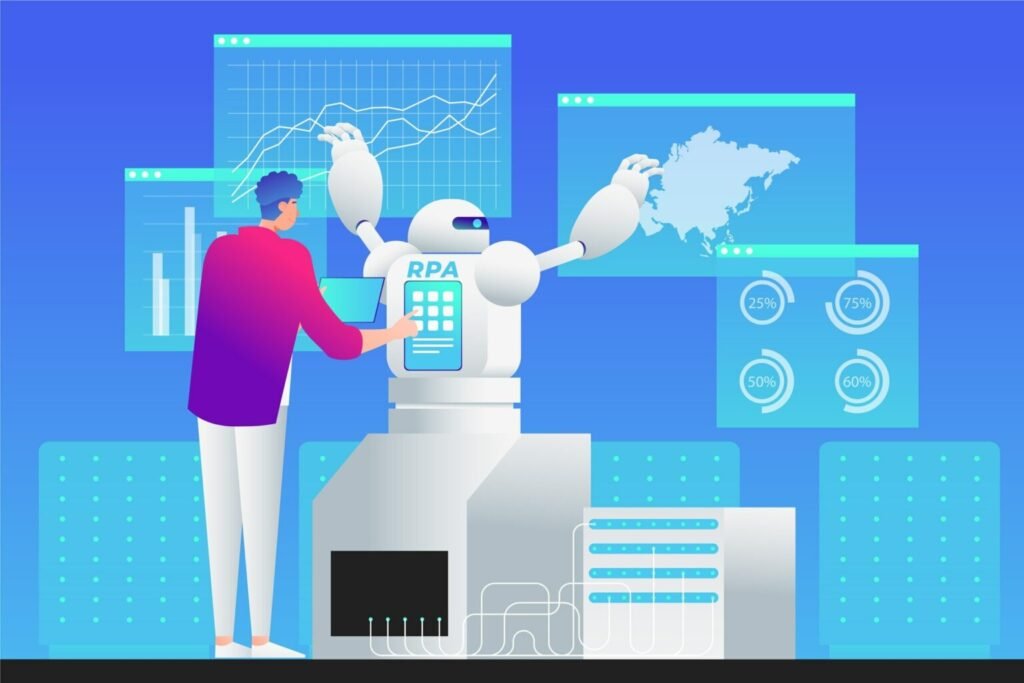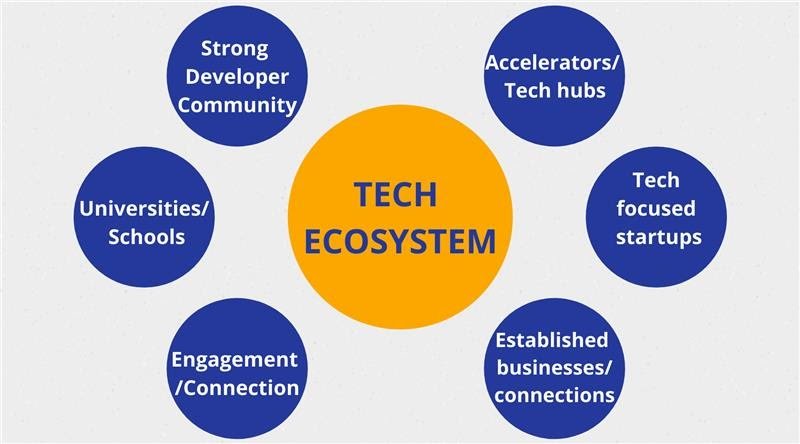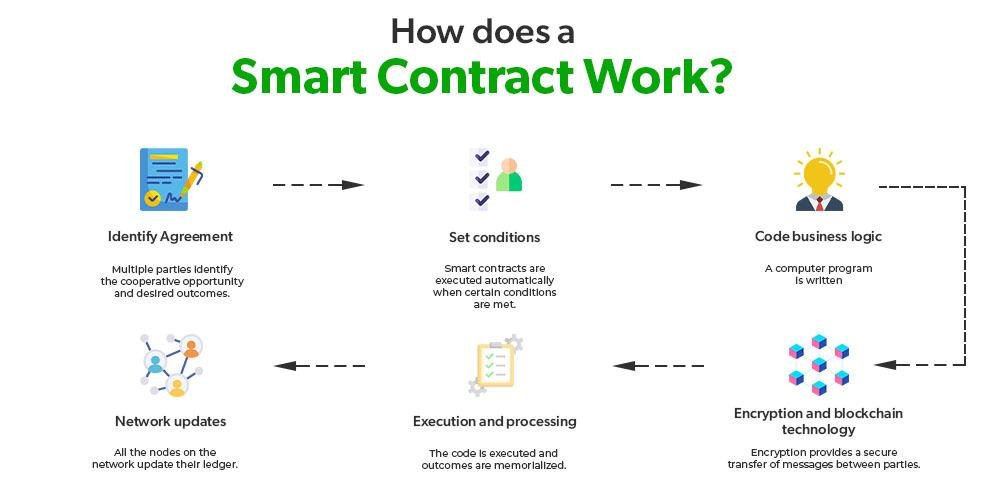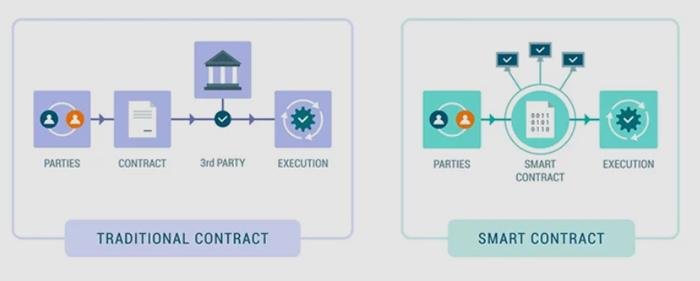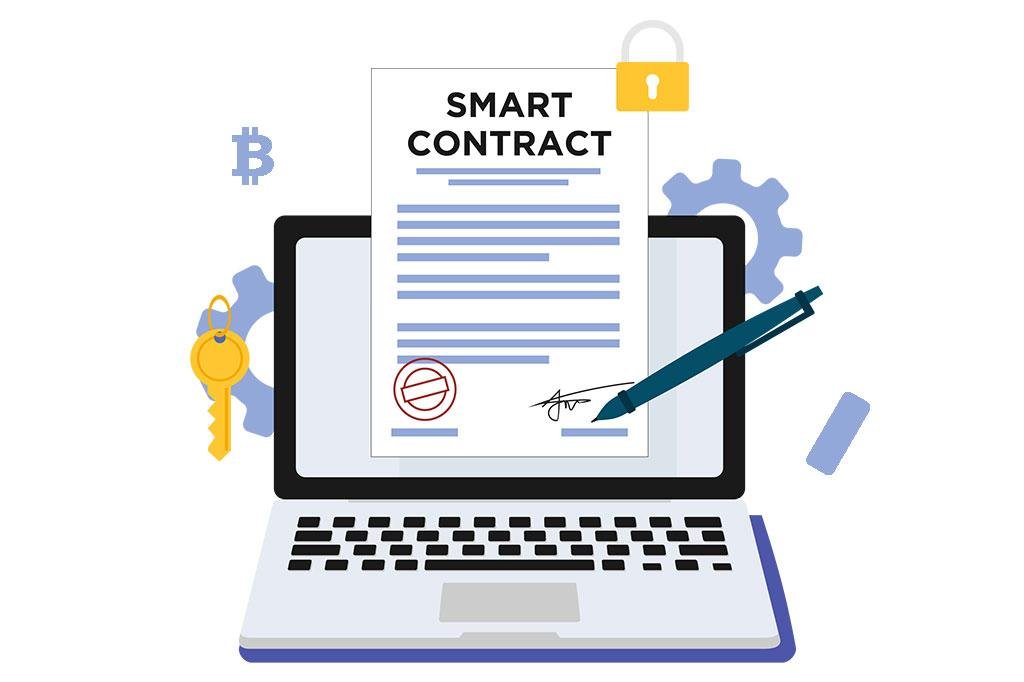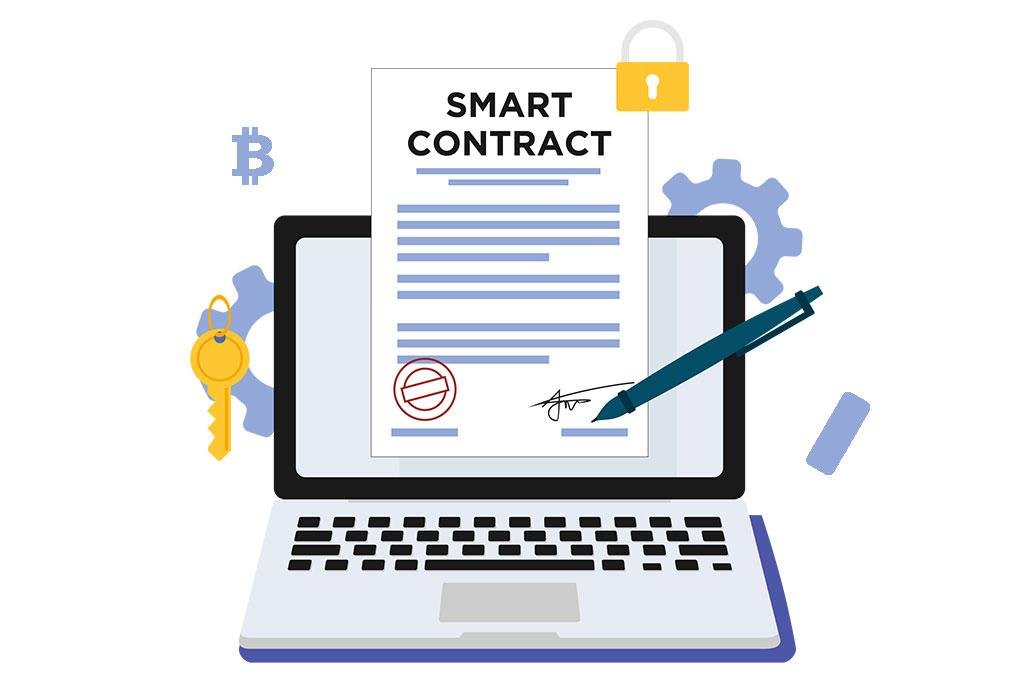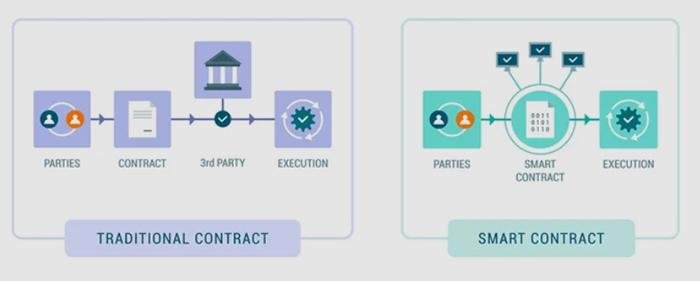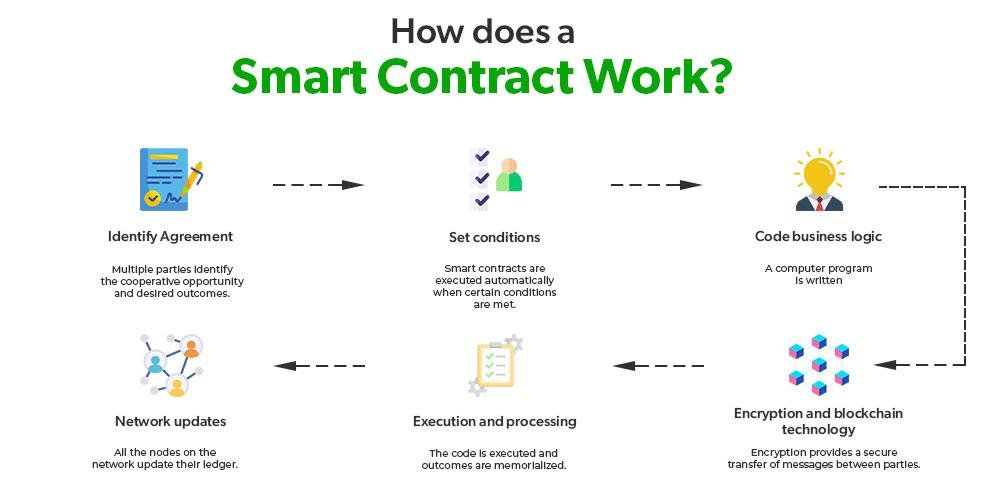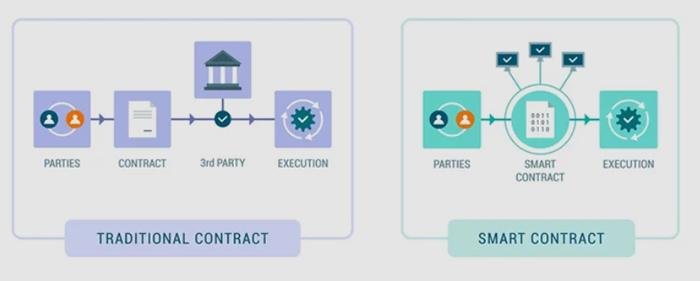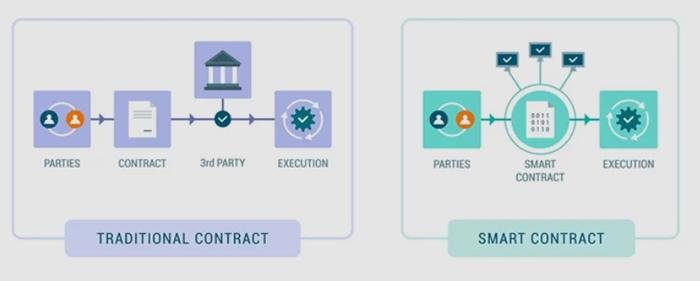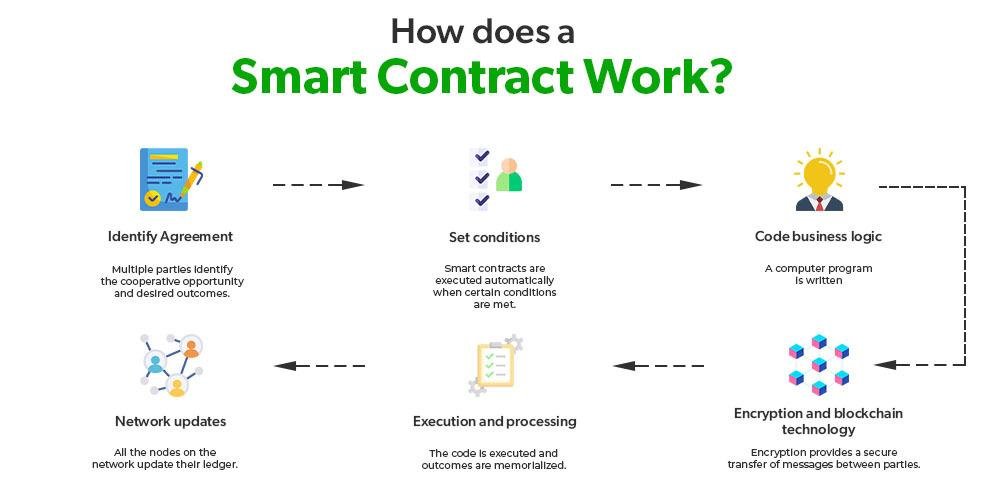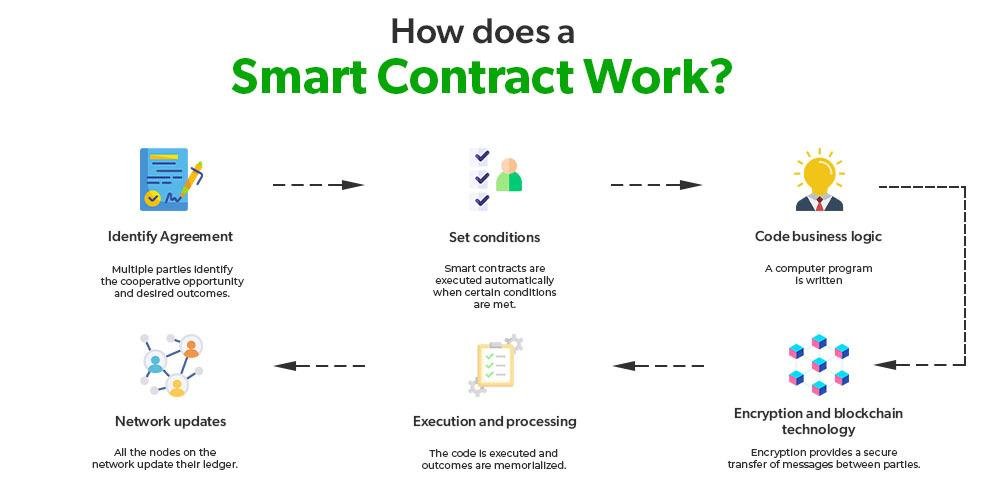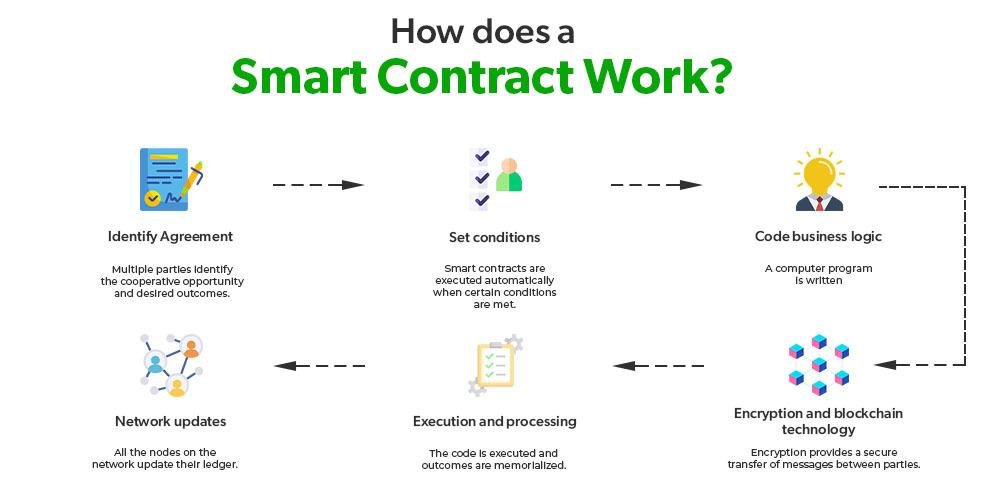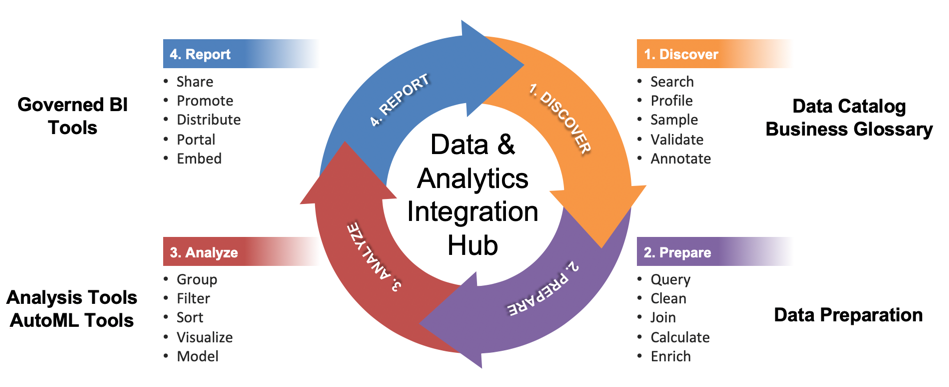Leveraging AI to Reduce Costs in E-Discovery Processes

-
Table of Contents
Introduction
In today’s digital landscape, the exponential growth of data presents significant challenges for legal professionals engaged in e-discovery processes. Leveraging artificial intelligence (AI) offers a transformative approach to streamline these processes, enhancing efficiency and reducing costs. By automating data collection, analysis, and review, AI technologies can significantly minimize the time and resources traditionally required for e-discovery. This not only accelerates case timelines but also improves accuracy in identifying relevant information, ultimately leading to more informed decision-making. As organizations increasingly adopt AI-driven solutions, they can achieve substantial cost savings while navigating the complexities of legal compliance and data management.
Automating Document Review with AI
The e-discovery process involves handling large volumes of documents, which can be overwhelming for legal teams. Traditionally, this required extensive manual review, but the introduction of artificial intelligence (AI) has transformed the landscape by automating document review, streamlining workflows, and cutting costs.
Key Points:
- Revolutionizing Document Review:
- AI automates the labor-intensive task of document review, allowing legal professionals to focus on strategic work.
- Machine Learning at Work:
- Machine learning, a subset of AI, learns from data to recognize patterns and categorize documents based on relevance, privilege, and confidentiality.
- This enables quick identification of important information in large datasets, reducing manual review time.
- Enhanced Analysis:
- AI goes beyond simple keyword searches by understanding context and nuances in language, ensuring accurate document classification.
- It minimizes human error, which is critical in legal proceedings.
- Cost Savings:
- Automating review significantly lowers labor costs and speeds up the litigation process, helping firms stay within budget and meet client expectations.
- Collaboration Improvement:
- With AI managing initial reviews, attorneys can engage in more strategic discussions, improving team dynamics and client outcomes.
- Importance of Human Oversight:
- While AI enhances efficiency, the expertise of legal professionals remains crucial. Combining AI strengths with human judgment leads to the best results.
Predictive Coding for Cost Efficiency
In e-discovery, integrating artificial intelligence (AI) has transformed traditional legal practices, particularly through predictive coding. This innovative technology streamlines the document review process and significantly reduces costs, allowing legal teams to handle vast amounts of data more effectively.
Key Points:
- How Predictive Coding Works:
- Predictive coding uses machine learning to identify relevant documents quickly.
- Legal professionals first review a sample of documents, tagging them as relevant or irrelevant. This training data helps the AI learn to make similar assessments on new documents.
- Efficiency Gains:
- The technology prioritizes documents for review, enabling teams to focus on the most pertinent information.
- This targeted approach reduces the time and resources typically spent on manual document review.
- Cost Savings:
- Traditional e-discovery often involves extensive manual labor, leading to high costs.
- Predictive coding automates much of this work, allowing firms to allocate resources to more valuable tasks like strategy development.
- Reduced Human Error:
- Manual reviews can vary in interpretation, leading to inconsistencies.
- Predictive coding provides a standardized approach, increasing reliability and accuracy in document assessments.
- Scalability:
- As data volumes grow, traditional methods struggle to keep up.
- Predictive coding easily adapts to larger datasets, allowing firms to manage increased workloads without rising costs.
- Enhanced Client Confidence:
- Consistent and thorough reviews foster trust in the outcomes of legal cases.
- Clients benefit from a more reliable review process, especially in high-stakes situations.
Adopting predictive coding in e-discovery represents a significant advancement in the legal field, enhancing cost efficiency and operational effectiveness. By automating document review, minimizing errors, and providing scalability, predictive coding empowers legal professionals to navigate modern litigation challenges. Embracing this technology is a strategic necessity for law firms aiming to deliver superior value in a competitive landscape.
Read Also: AI-Driven Analytics for Streamlining Data Management in Legal Cases
Streamlining Data Collection Using AI

In e-discovery, data collection has traditionally been a time-consuming and labor-intensive task. However, artificial intelligence (AI) is changing this by offering innovative solutions that make data collection faster, more accurate, and less costly. By using AI, legal professionals can improve efficiency and reduce the chances of human error, ultimately speeding up the entire e-discovery process.
Key Points:
- Automating Data Identification:
- AI can automatically identify and collect relevant data from large repositories.
- Traditional methods involved manual searches, which were slow and prone to missing important information.
- AI tools analyze data patterns and context, allowing for quick identification of relevant documents.
- Improving Data Filtering:
- Once relevant data is found, AI helps filter and narrow it down to what is essential for the case.
- Traditional keyword searches often led to irrelevant results or overlooked key documents.
- AI uses machine learning and natural language processing to understand context, making searches more precise.
- Organizing and Categorizing Data:
- After collecting relevant documents, they need to be sorted and indexed for easy access.
- AI can automate this organization by classifying documents based on set criteria or learned patterns from previous cases.
- This saves time and allows legal teams to focus on analyzing data rather than managing it.
- Enhancing Team Collaboration:
- AI tools provide real-time insights, fostering better collaboration among legal team members.
- Improved communication encourages a strategic approach to data handling.
- Teams can share findings and strategies more effectively, leading to better client outcomes.
- Reducing Costs and Improving Quality:
- Streamlining data collection with AI lowers costs and enhances the quality of the legal process.
- Faster and more accurate data handling allows legal professionals to concentrate on building strong cases.
Leveraging AI for data collection in e-discovery is essential for legal professionals seeking to remain competitive. By improving efficiency, accuracy, and collaboration, AI empowers teams to focus on what truly matters—delivering favorable results for clients. As the legal industry continues to adapt to new technologies, AI will play a crucial role in shaping the future of data collection and e-discovery processes.
Enhancing Search Capabilities with Machine Learning
In today’s digital world, e-discovery faces the challenge of managing vast amounts of data. Efficient search capabilities are essential for legal compliance and litigation. Machine learning, a branch of artificial intelligence, is revolutionizing how legal teams search and analyze data, improving speed and accuracy while reducing costs.
Key Points:
- Advanced Pattern Recognition:
- Machine learning algorithms can learn to recognize patterns in large datasets.
- Unlike traditional keyword searches, which may miss relevant context, machine learning analyzes document content.
- This allows for more nuanced searches, helping legal professionals uncover important information that might otherwise be overlooked.
- Predictive Coding:
- Machine learning facilitates predictive coding, prioritizing documents based on their relevance to a case.
- By training algorithms on a sample of reviewed documents, the system can apply this knowledge to larger datasets.
- This speeds up the review process and improves accuracy, leading to significant cost savings in document review.
- Managing Unstructured Data:
- Organizations increasingly deal with diverse data sources like emails, social media, and multimedia files.
- Machine learning can analyze unstructured data, extracting valuable insights from complex datasets.
- This capability supports compliance and risk management while enabling informed decision-making.
- Collaboration Among Teams:
- Machine learning tools enhance real-time data sharing and analysis, fostering collaboration among legal team members.
- Improved communication allows for a thorough examination of documents and evidence.
- This collaboration leads to better-informed legal strategies and quicker responses to challenges, reducing prolonged litigation costs.
- Strategic Importance:
- Leveraging machine learning for search capabilities is a significant advancement in the legal field.
- It streamlines e-discovery processes, improves accuracy, and reduces costs.
- Embracing these technologies is essential for organizations to stay competitive in a rapidly evolving legal landscape.
Reducing Human Error in E-Discovery
E-discovery involves the careful identification, collection, and review of electronic data for legal cases. However, human error in this process can lead to significant issues, such as missing crucial information or misidentifying relevant documents. As organizations increasingly adopt artificial intelligence (AI) to enhance their e-discovery processes, one of the key benefits is the reduction of human error.
Key Points:
- Nature of Human Error:
- Human errors can include overlooking important documents or misinterpreting their relevance.
- Such mistakes can cause delays, legal penalties, and damage to credibility in court.
- AI Enhances Accuracy:
- AI, especially through machine learning, can analyze large datasets quickly and accurately.
- This leads to more thorough reviews and minimizes the chances of oversight.
- Consistency in Document Review:
- Human reviewers may have differing interpretations of relevance, leading to inconsistencies.
- AI systems apply uniform criteria to all documents, ensuring consistent evaluations and reducing errors.
- Prioritization of Documents:
- AI algorithms can identify patterns in data and flag documents likely to be relevant.
- This helps legal teams focus on the most critical information first, improving efficiency and reducing costs.
- Improved Collaboration:
- AI tools provide real-time insights, facilitating informed decision-making among team members.
- This data-driven approach fosters transparency and accountability, further reducing the risk of human error.
- Financial and Reputational Implications:
- Mistakes in e-discovery can lead to significant financial losses and reputational damage.
- By leveraging AI, legal teams can enhance accuracy, consistency, and efficiency, leading to better outcomes.
Cost-Benefit Analysis of AI Tools in E-Discovery
The integration of artificial intelligence (AI) into e-discovery is changing how legal professionals manage vast amounts of data. Traditional methods, which involve extensive manual reviews, can be costly and time-consuming. A cost-benefit analysis of AI tools helps legal teams understand how to optimize their operations while maintaining accuracy and compliance.
Key Points:
- Financial Implications:
- Traditional e-discovery requires significant human resources, including attorneys and paralegals.
- High personnel costs and extended timelines can lead to increased legal fees and client dissatisfaction.
- AI tools automate many tasks, reducing the time and labor needed for document review.
- Long-Term Savings:
- Initial costs for AI tools may be high, but they often lead to substantial long-term savings.
- By speeding up document review, firms can reallocate resources to higher-value tasks like strategy and client engagement.
- This shift enhances productivity and improves the quality of legal services, increasing client satisfaction.
- Mitigating Risks:
- Human errors during document review can lead to costly sanctions and unfavorable litigation outcomes.
- AI enhances the accuracy of document identification and classification, minimizing these risks.
- Advanced algorithms learn from previous cases, improving performance and ensuring relevant documents are not overlooked.
- Scalability:
- As data volumes grow, traditional e-discovery methods struggle to keep up.
- AI tools adapt easily to varying data sizes and complexities, allowing firms to handle larger cases without proportional cost increases.
- This scalability ensures organizations can meet client demands effectively.
- Overall Efficiency:
- By reducing labor costs and enhancing accuracy, AI streamlines the e-discovery process.
- Legal professionals can focus on strategic tasks, leading to better outcomes and increased efficiency.
Conclusion
Leveraging AI to reduce costs in e-discovery processes can significantly enhance efficiency and accuracy while minimizing the financial burden on organizations. By automating data collection, analysis, and document review, AI technologies streamline workflows, reduce the time required for manual tasks, and lower the risk of human error. This not only accelerates the discovery process but also allows legal teams to focus on higher-value activities, ultimately leading to cost savings and improved outcomes. As organizations increasingly adopt AI-driven solutions, they can expect to see a transformative impact on their e-discovery efforts, making them more agile and cost-effective in a competitive landscape.














































